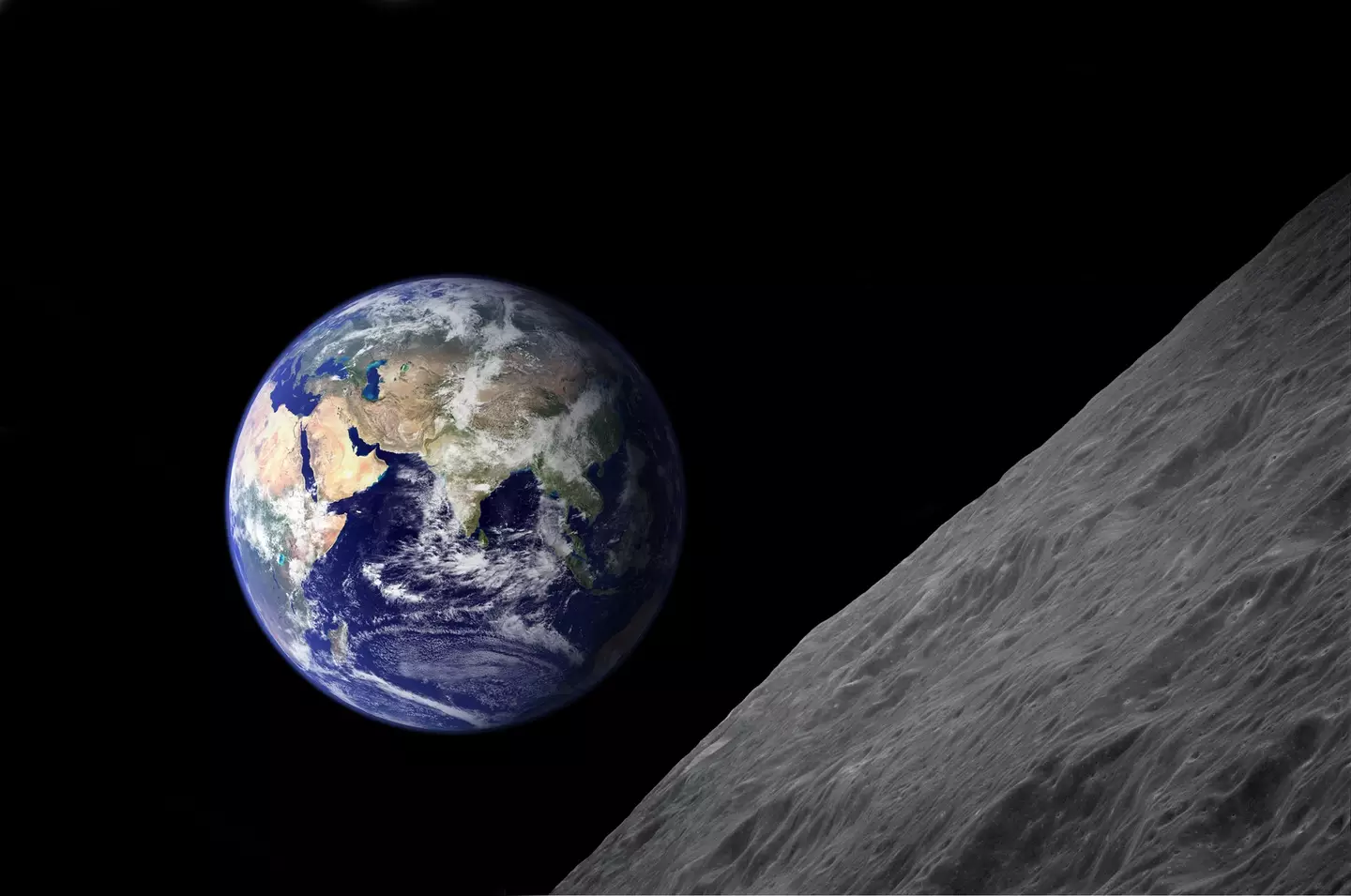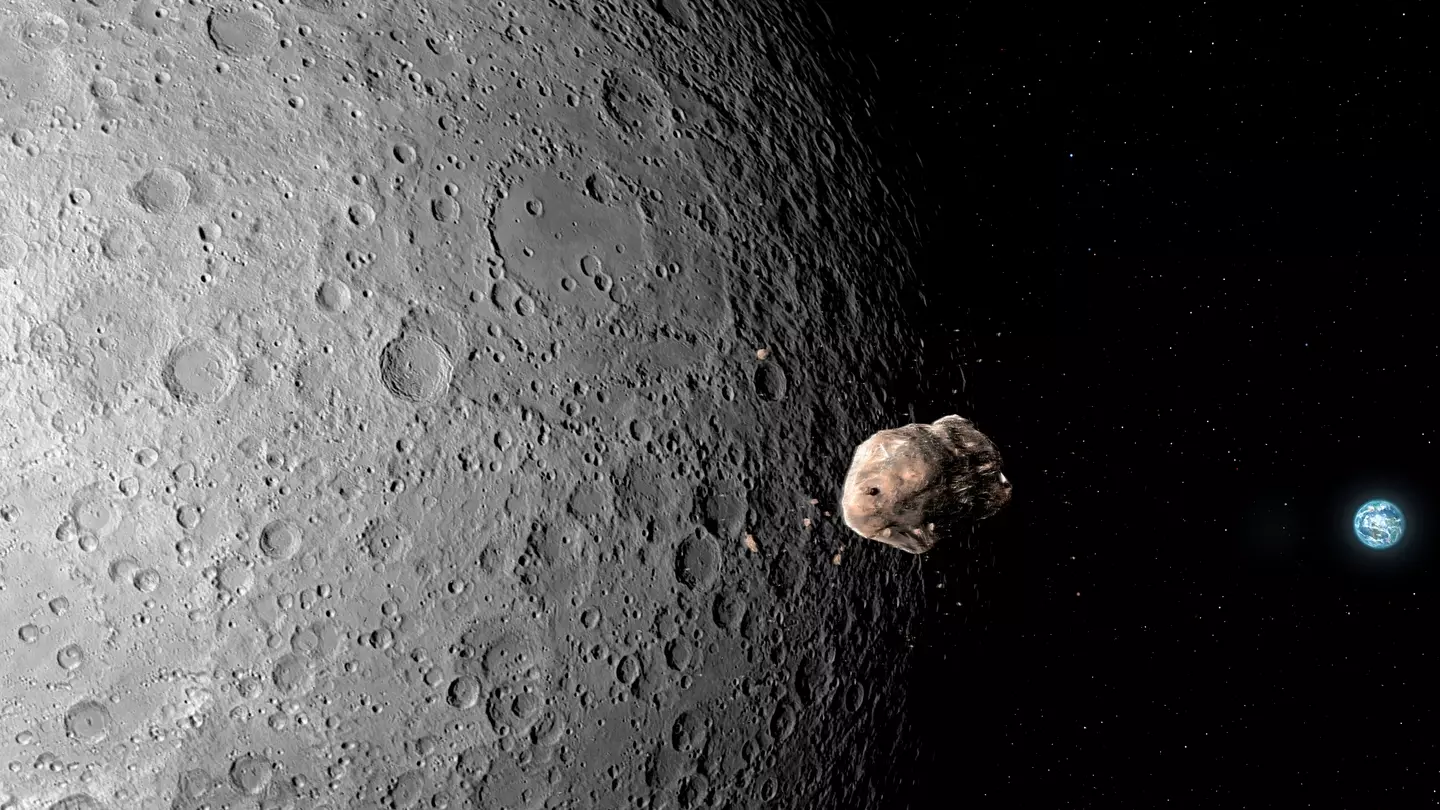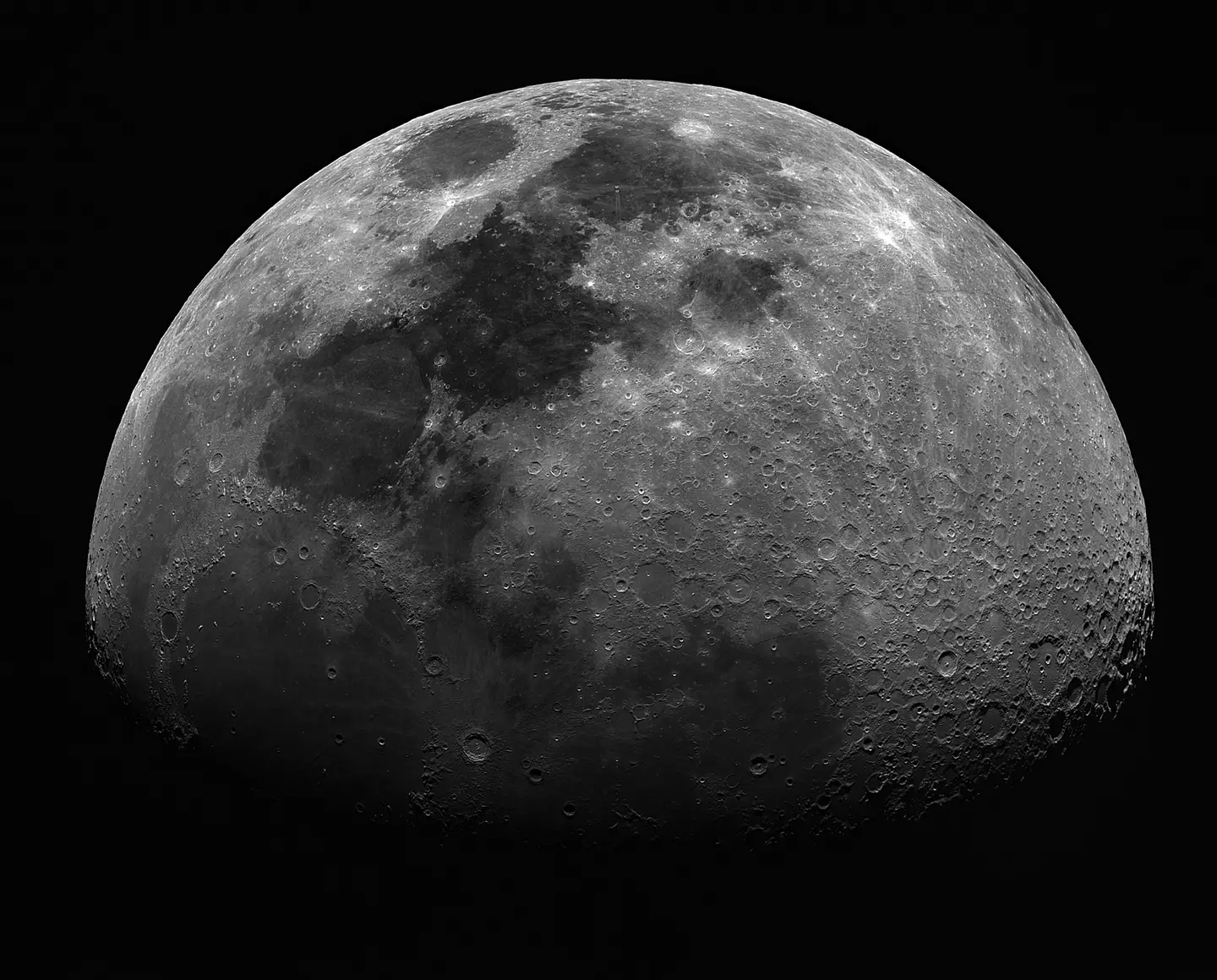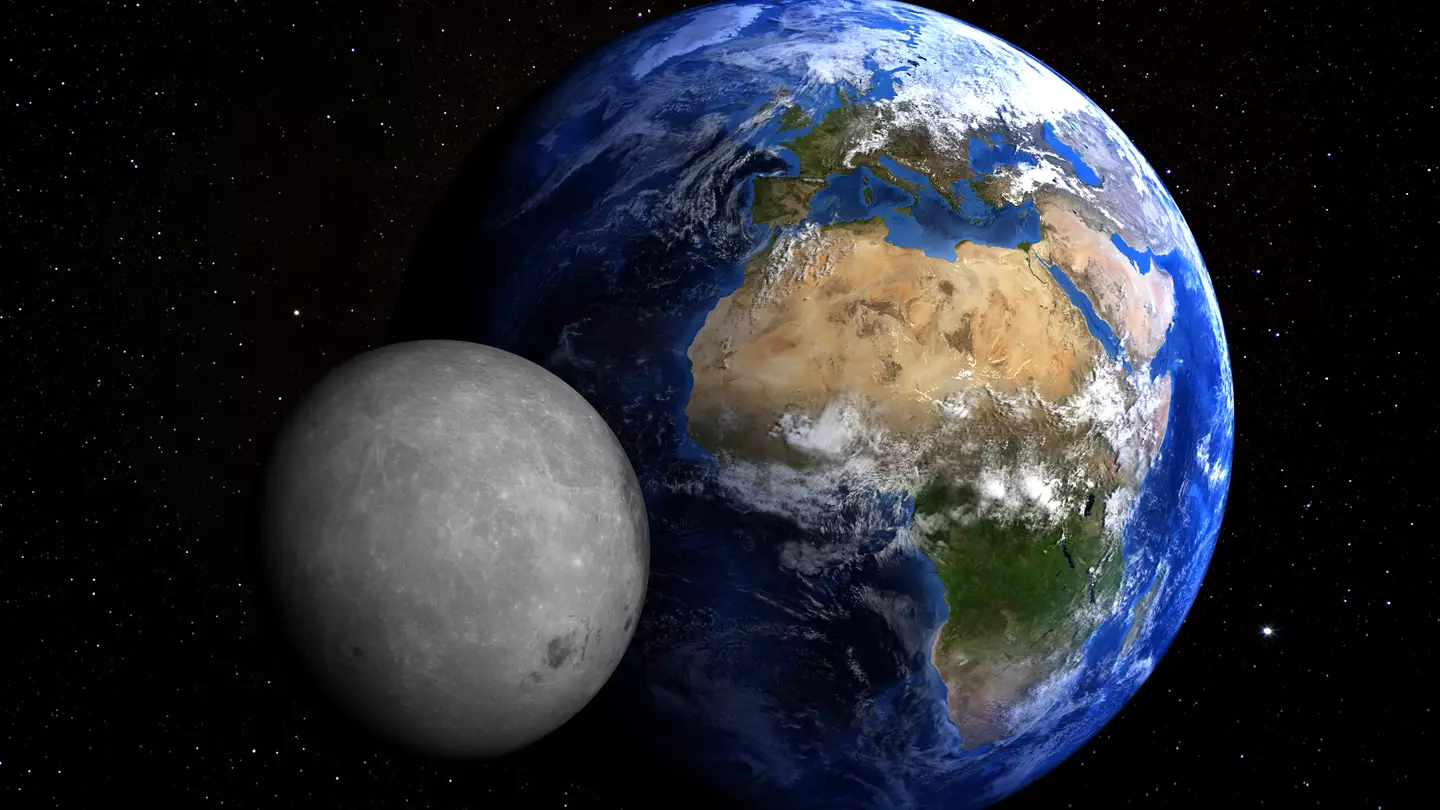Researchers have recently uncovered evidence suggesting that Earth may have at least six previously undetected minimoons.
A minimoon refers to a small asteroid or rock that is temporarily captured by Earth’s gravitational pull.
New research indicates that at any given moment, fragments from the moon could be orbiting Earth.
This study, published in the journal Icarus, explains that these fragments are the result of various objects colliding with the moon, which releases these moon pieces.
While most of these fragments end up in orbit around the sun, some are temporarily captured by Earth’s gravity, orbiting the planet before eventually resuming their path around the sun, according to the study.
Robert Jedicke, a researcher at the University of Hawaii, likened the phenomenon to a dance: “[It’s] kind of like a square dance, where partners change regularly and sometimes leave the dance floor for a while,” he told Space.com.

In their research, Jedicke and his team aimed to estimate the number of lunar minimoons, concluding that about a fifth of the particles near Earth might become minimoons.
They estimate that approximately 6.5 minimoons could be orbiting Earth at any given time, each remaining in Earth’s orbit for around nine months before being replaced by another.
Jedicke cautioned that determining the exact number of minimoons is challenging.
“If there were that many [temporarily bound objects], the telescopic surveys would probably detect more of them,” he noted. “So the nominal prediction is almost certainly wrong. That’s science.”

These objects are difficult to detect because of their small size and high speed.
“Detecting objects in that size range means they have to be close so they are bright, but if they are close, it means they also appear to be moving quickly across the sky,” Jedicke explained.
“It is incredible that modern telescopic surveys have the ability to detect such small objects up to millions of kilometers away.”
A notable event occurred last year when a ‘second moon,’ designated 2024-PT5, was temporarily captured by Earth’s gravity.

Professor Carlos de la Fuente Marcos discussed this remarkable occurrence with Space, stating: “The object that is going to pay us a visit belongs to the Arjuna asteroid belt, a secondary asteroid belt made of space rocks that follow orbits very similar to that of Earth at an average distance to the sun of about 93 million miles [150 million kilometers].”
“Objects in the Arjuna asteroid belt are part of the near-Earth object population of asteroids and comets.”
The second moon is not expected to enter Earth’s orbit again until 2055.

